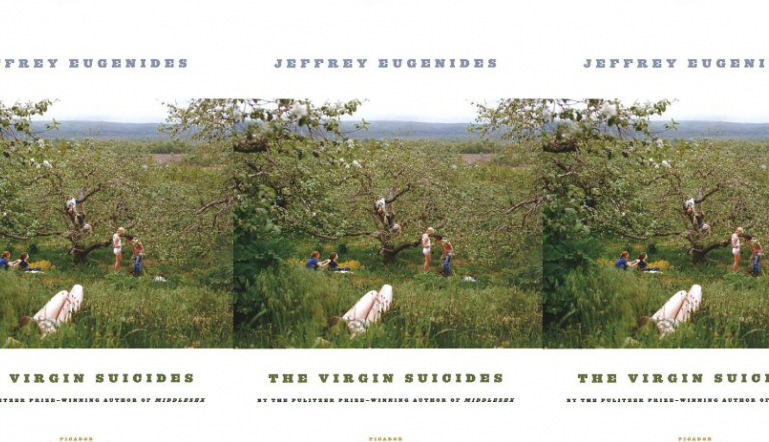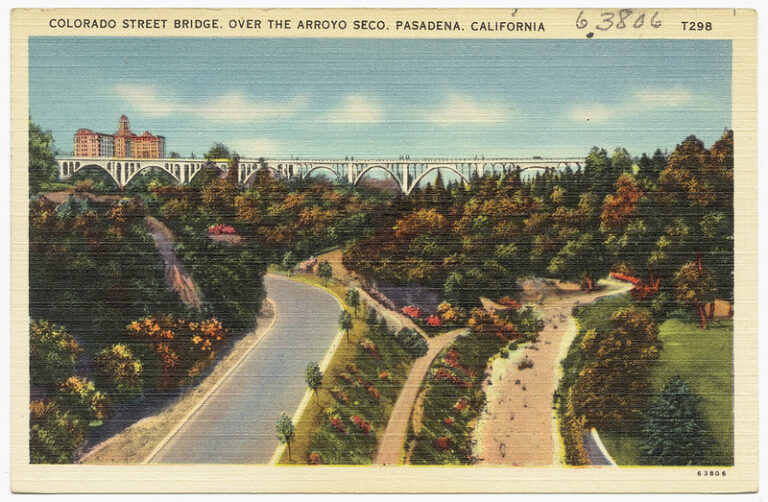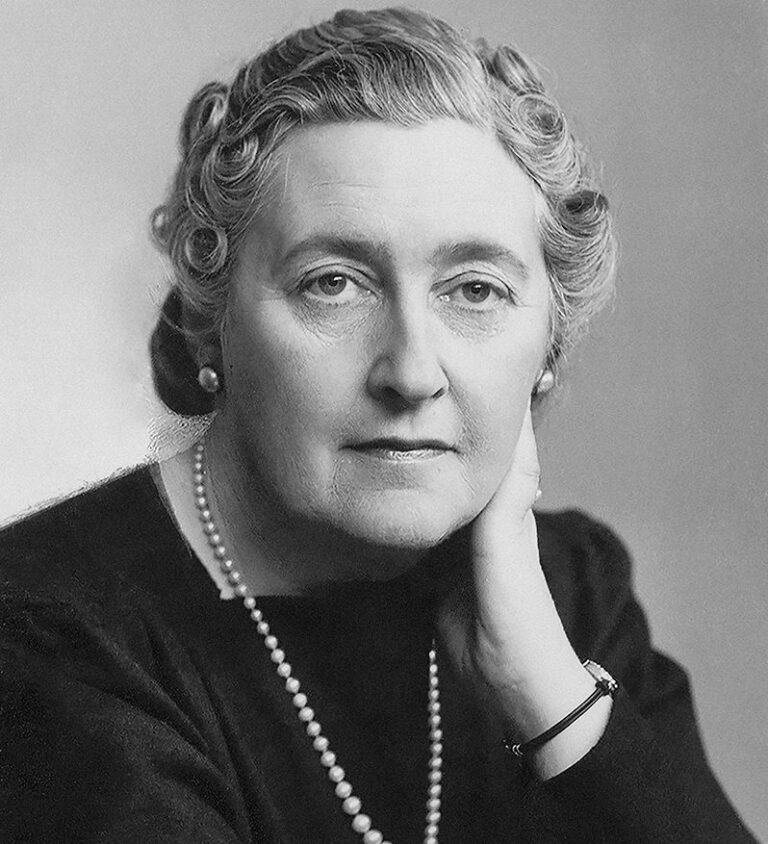Also a Poet’s Exploration of Not Being There
Ada Calhoun’s Also a Poet: Frank O’Hara, My Father, and Me, out this week, is a memoir of two people disguised as a biography of a third person who isn’t there. The first two people are the author—a journalist and author of several books, and the ghostwriter of many others—and her father, Peter Schjeldahl, perhaps known to most readers as the longtime art critic for the New Yorker. The third person is the poet Frank O’Hara, a literary idol of both Schjeldahl and Calhoun.
The occasion for the book is a project that Schjeldahl began in 1976, when Calhoun was an infant, which had long been shelved. While looking for something in her parents’ basement, Calhoun found the tapes of interviews that Schjeldahl had conducted with friends and acquaintances of O’Hara in the hope of writing a biography. The project was ultimately derailed due to complications with O’Hara’s literary estate.
Calhoun is taken aback by the discovery. She decides to listen to the tapes to see if there is enough material to resurrect the project. Looking at the work published on the poet to this point, Calhoun writes, “I discovered there was a hole in the canon where my father’s contribution could have been.”
Also a Poet, however, is also very much a daughter’s portrait of her father, who is still alive and working after revealing a terminal lung cancer diagnosis in a long essay in the New Yorker in late 2019. The portrait is not a flattering one. Calhoun peppers the book with stories of having to fight for her father’s affection with total strangers—whether they be artists, other poets, or his students at Harvard, where he briefly taught—as well as painful anecdotes of his icy behavior toward his daughter. He shows no interest in her friends, and discards books she had given him as gifts. He is more eager to talk about Spencer, his lifelong writer friend, or his life as a writer—by his own admission, the only identity that matters to him. “I’ve never commanded the attention and enthusiasm of a Spencer,” Calhoun writes. And what’s worse, Schjeldahl claims to have had no idea that his daughter had any interest in O’Hara, despite the fact that he gave her a copy of the writer’s 1964 collection, Lunch Poems, when she was a child.
The slights continue into adulthood. As Calhoun grew into an adult with a husband and child, leaving home only to return for visits, Schjeldahl became notorious for throwing Gatsby-esque Fourth of July parties in the Catskills (Gatsby-esque in that anyone who knew about them was invited), only to disinvite Calhoun one year when she mentioned needing to find lodging. “You obviously hate the party, so you shouldn’t come,” he responds, to her astonishment.
“Maybe writing this book would make my father’s messiness, his catastrophic personality, seem beautiful to me,” Calhoun writes. “And if I pulled it off, maybe for the first time in my life I would seem interesting and modern to him.”
Frank O’Hara died in 1966 at the age of forty, ten years before Calhoun was born, in a freak accident on Fire Island, NY, involving an off-road vehicle driven by a young, likely intoxicated driver. Not just a stellar poet, he was an omnipresent figure in the New York postwar art scene, working at the front desk and later as a curator at MoMA (where he wrote most of the poems in Lunch Poems on his lunch hour) and a close friend to abstract painters Grace Hartigan, Jane Freilicher, and Helen Frankenthaler.
Calhoun’s fascination seems to be less about O’Hara’s poetry and more about the person, and she dives into the tapes—recorded with a roster of artists and writers including Edward Gorey, Joe LeSueur, Jane Freilicher, Willem de Kooning, Larry Rivers—hoping for juicy info. (The interviews alternately fascinate and frustrate her: they are chatty, go off on tangents, and the interviewees are often distracted or forgetful.) She seeks to immerse herself in a time and a scene that predates her, one in which her father was an active participant, and she romanticizes it, writing that it “ushered in a lusty new gay sensibility—urbane, witty, obsessed with all forms of culture from Russian ballet to the trashiest Hollywood movies.” Schjeldahl began his own career as a poet himself, and his evolution into an art critic led him to cross paths with O’Hara on a few occasions. Calhoun is caught unawares by the revelation that her father had met O’Hara, a fact that comes out casually during the conversations on tape.
Calhoun seems to harbor some frustration and resentment that Schjeldahl didn’t fight harder to make this project happen, while alternately ruing the fact that her father was a reluctant parent who devoted greater energy to his bohemian circles. She feels left behind, somehow excluded as she is made privy to conversations never meant for her ears. Those ears tend to prick up more when she hears mention of her own name in the interviews—or in one instance, when she hears her own voice, a toddler barging into her father’s office, interrupting an interview before the tape cuts dead. It’s understandable and poignant that Calhoun hears in these too-brief moments a rare, satisfying acknowledgment that bridges her father’s life as a writer among artists with his life as a father.
“One reason why I liked the idea of this project,” she writes, “was that I’d get to think about cocktails and cigarettes, snow falling over Greenwich Village, paint-spattered lofts…This was supposed to be a world where the witty banter never turned cruel, affairs ended in no hurt feelings, and intoxication left no hangover.” But the provinciality of the conversations gnaws at her. Calhoun listens to the tapes with a longing not just to immerse herself in this painterly setting but to find a connection with her father while he thrives in his element. Consequently, one way the conversations frustrate her is by how much information they seem to withhold: “Given the choice, is it better to write for a tiny audience of like-minded people or for a mass audience of strangers? I think most East Village bohemians would say the former—that their aesthetic was only meant to be understood by a select few, including some who haven’t been born yet.”
In Also a Poet, there is a persistent sentiment with which I empathize: the sense, looking back to a time before your birth, that you missed something good and rich. It means something to see your parents at a time when they are younger, more risk-taking, more dynamic. Shortly after my father died, my mother found a collection of photographs taken from a fishing trip he took with friends in his late twenties, along with news clips reporting that my father had managed to hook a 457-pound tuna. It was an incredible accomplishment, and my mother and I couldn’t remember a single time when my father had brought it up in conversation—or ever talked about going fishing at all. It was a part of his life that simply vanished once he became a husband and father.
Calhoun’s reaction to the tapes has a bit of the same culture shock, and she struggles to reconcile the younger man she hears on the tapes with the older man she knows in real life. It can be astonishing to learn how different our loved ones were when we weren’t around to know them. It can feel like a personal connection is lost, or that the person we know in the present is somehow incomplete. And perhaps it is even harder to reconcile when we observe the younger person at home among strangers, among poets and writers and artists in community with one another.
The postwar art scene to which O’Hara belonged—and which represents a boom of creativity by members of the Greatest and Silent Generations uplifted by the defeat of Nazism—has been chronicled, dissected, and fictionalized extensively. It’s a time and a place loaded with personalities and talents that drove forward the cultural conversation and left lasting legacies—art and music and poetry that still matters, made by people who didn’t know at the time if what they were doing had any importance at all. As a result, we look back on its you-had-to-be-there-to-understand moments of sparkling significance, and we feel absence and envy. When Schjeldahl interrupts an interviewee’s story with a request to clarify a date, Calhoun admits to literally yelling at the tape recorder: “They’re trying to share feelings and memories and you start grabbing for years!” You wish more photographs had been taken. But you can’t expect people to live in the moment and stop to preserve it at the same time.
When Calhoun tracks down Maureen Granville-Smith, O’Hara’s sister and executor of his literary estate, she is stonewalled much like her father was. Granville-Smith contends that what Calhoun really wants to pursue is a project based on hearsay—a biography that centers the gossip that surrounded O’Hara, rather than his life and work. The rejection devastates Calhoun on many levels—she thought she’d be able to persuade the estate in a way that her tactless father could not, and by completing a project that he couldn’t, find a way to connect with him.
That avenue blocked, we instead get Also a Poet—and a portrait of Schjeldahl that feels much clearer and intimate than any we might have gotten of O’Hara by way of overheard interviews. It’s a portrait informed by love and candor, threading together disparate chapters of a complicated man’s life into a thoughtful, cohesive whole. “My father believes his work is his only legacy,” Calhoun tells us in the last chapter. “I know he’s wrong.” While the title alludes to the infamous diminishing headline of O’Hara’s New York Times obituary—”EXHIBITIONS AIDE AT MODERN ART DIES—ALSO A POET”—its double meaning becomes obvious by the end of the book: Peter Schjeldahl is a poet too. His daughter wouldn’t want us to forget that.


